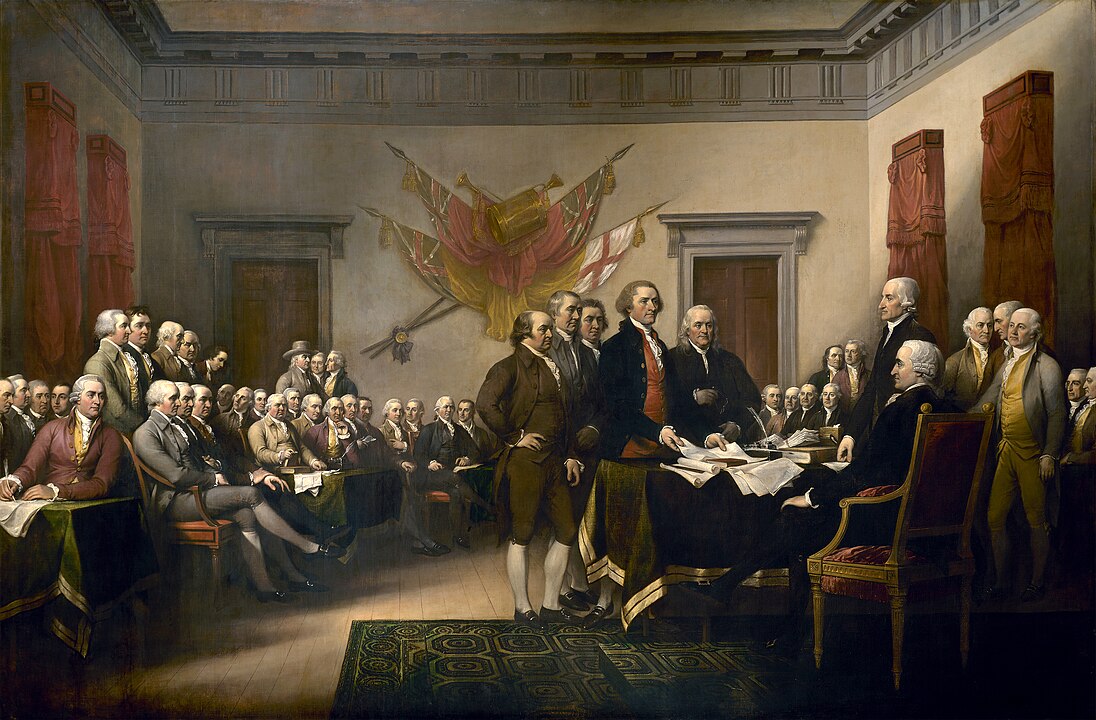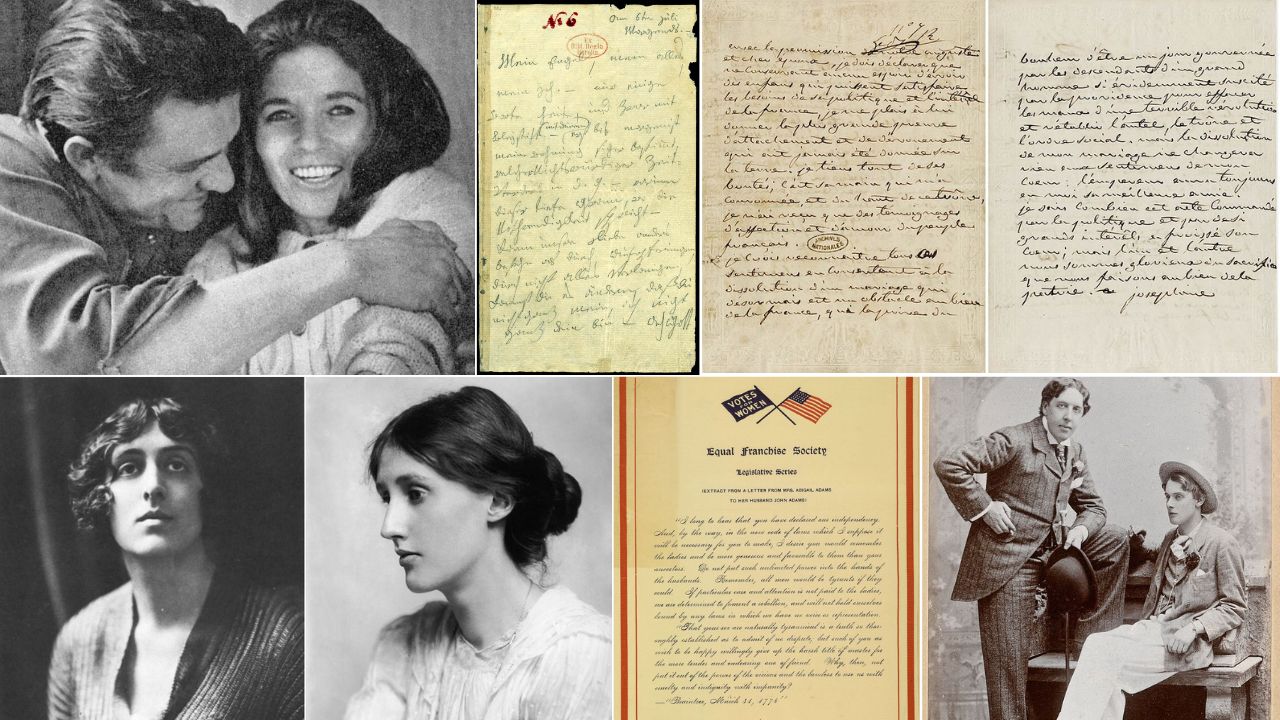The American Revolution is one of the most important events in U.S. history, yet many common beliefs about it are not accurate. Movies, school lessons, and popular culture often oversimplify or exaggerate details. From who fought in the war to how independence was declared, myths shape how people imagine this chapter of history. Understanding the truth matters because it shows how complex the Revolution really was. By looking closer at laws, culture, and historical evidence, we can separate fact from fiction.
1. The Revolution Started with the Declaration of Independence
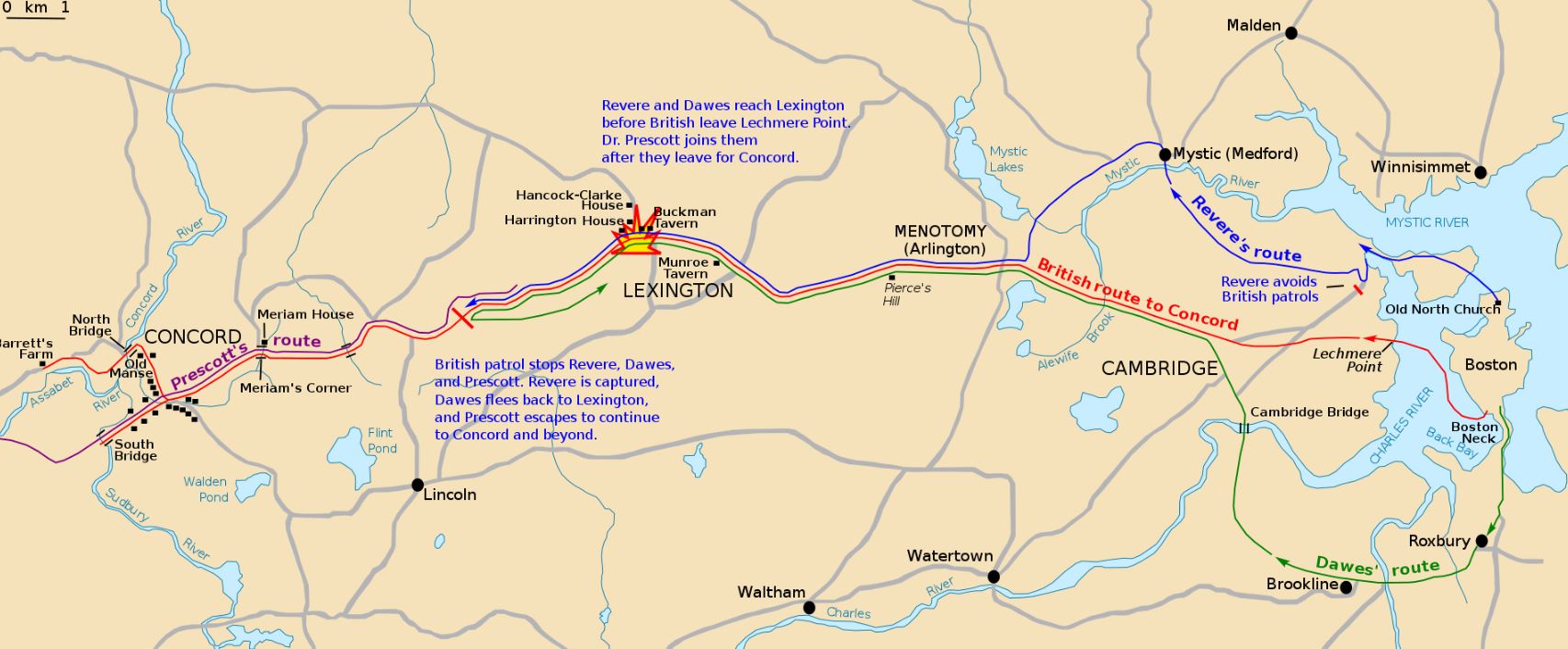
Many people believe the Revolution began in 1776, but fighting actually started in 1775 at Lexington and Concord. The Declaration of Independence came more than a year later. Congress declared independence to explain why the colonies were already resisting British authority. The myth may persist because the Declaration became such a powerful symbol. In truth, America was already at war when the document was signed, and it did not immediately secure freedom.
2. The Colonists Were United Against Britain
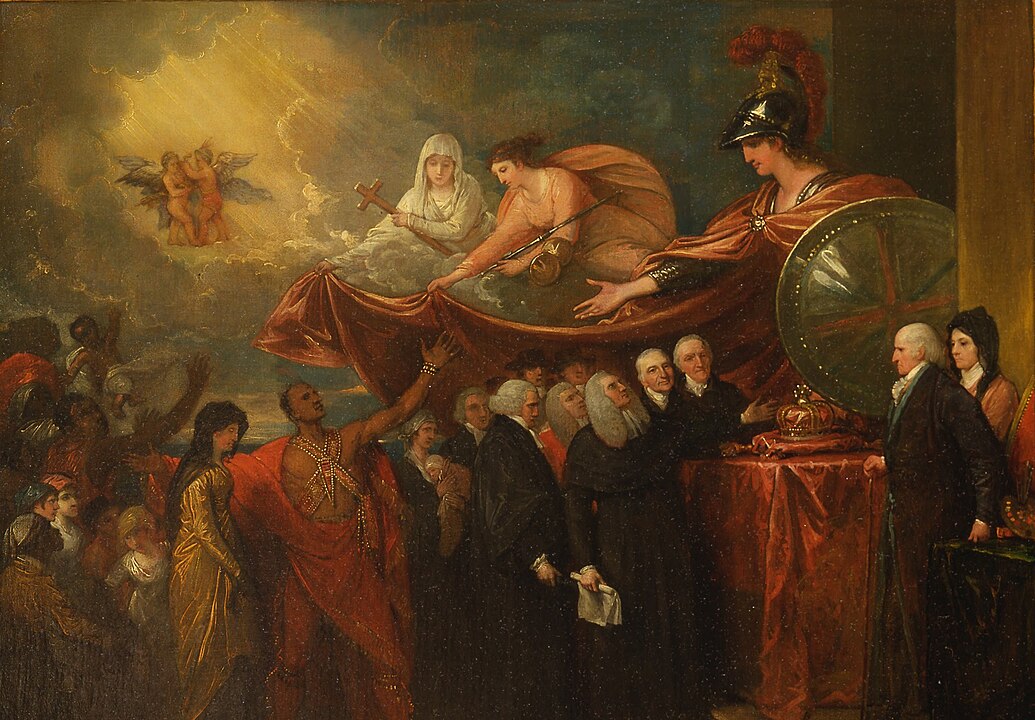
It is easy to think all colonists supported independence, but many remained loyal to the Crown. Historians estimate that up to one-third of the population were Loyalists, while others stayed neutral. Families were divided, and tensions ran deep. In states like New York, Loyalists were especially strong. The Revolution was not a simple battle of united Americans versus Britain but a civil war as well, with neighbor against neighbor.
3. The War Was Only About Taxes
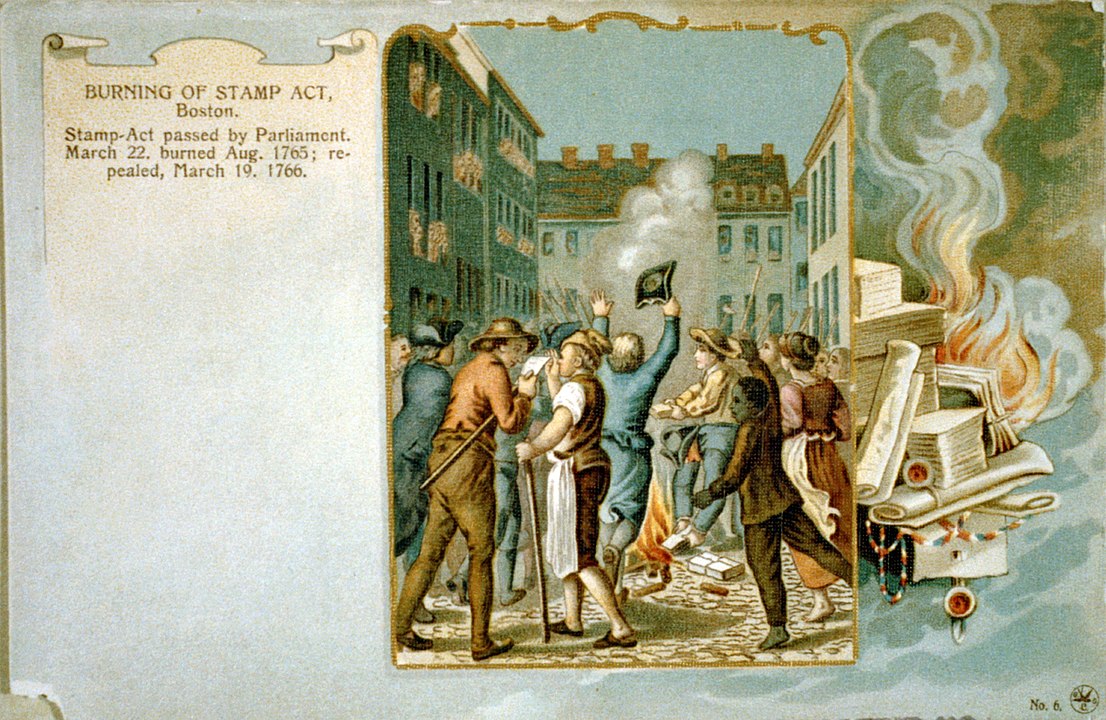
The phrase “no taxation without representation” oversimplifies the Revolution. While taxes like the Stamp Act angered colonists, broader issues of governance and autonomy mattered more. Colonists objected to Parliament’s authority over local laws, trade, and self-rule. British restrictions on westward settlement after the French and Indian War also frustrated many. The conflict was about political power and liberty, not just the price of imported tea.
4. The Patriots Were Poor Farmers Fighting Elites

The Revolution is sometimes pictured as common farmers against wealthy elites, but support came from many social classes. Merchants, landowners, artisans, and even enslaved people all played roles. Wealthy leaders like George Washington and Thomas Jefferson stood alongside ordinary soldiers. The Continental Army included immigrants, laborers, and apprentices. The diversity of participants shows that the Revolution cannot be described as a simple class struggle.
5. The British Army Was Easily Defeated
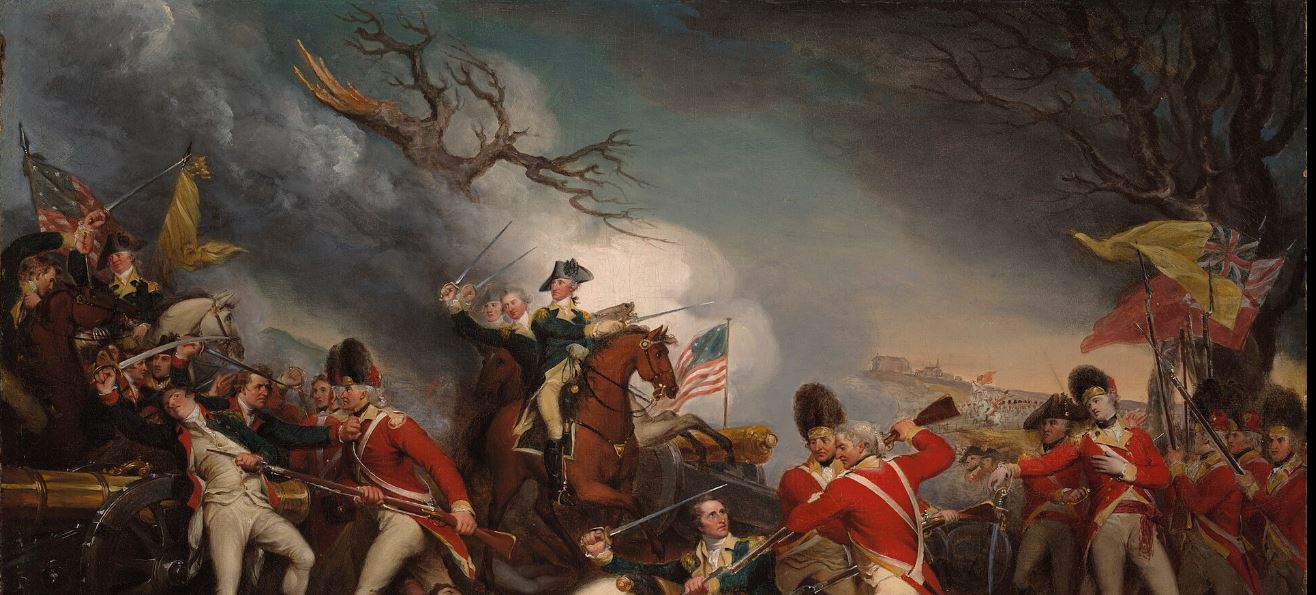
Some imagine Britain as weak or unprepared, but it had the world’s most powerful military at the time. British soldiers were well trained and supplied, while the Continental Army often lacked food, uniforms, and weapons. Victories like Yorktown came only after years of struggle, with help from French troops and funding. Britain was not easily beaten, and the American victory required persistence and outside alliances.
6. The Founding Fathers Did It Alone
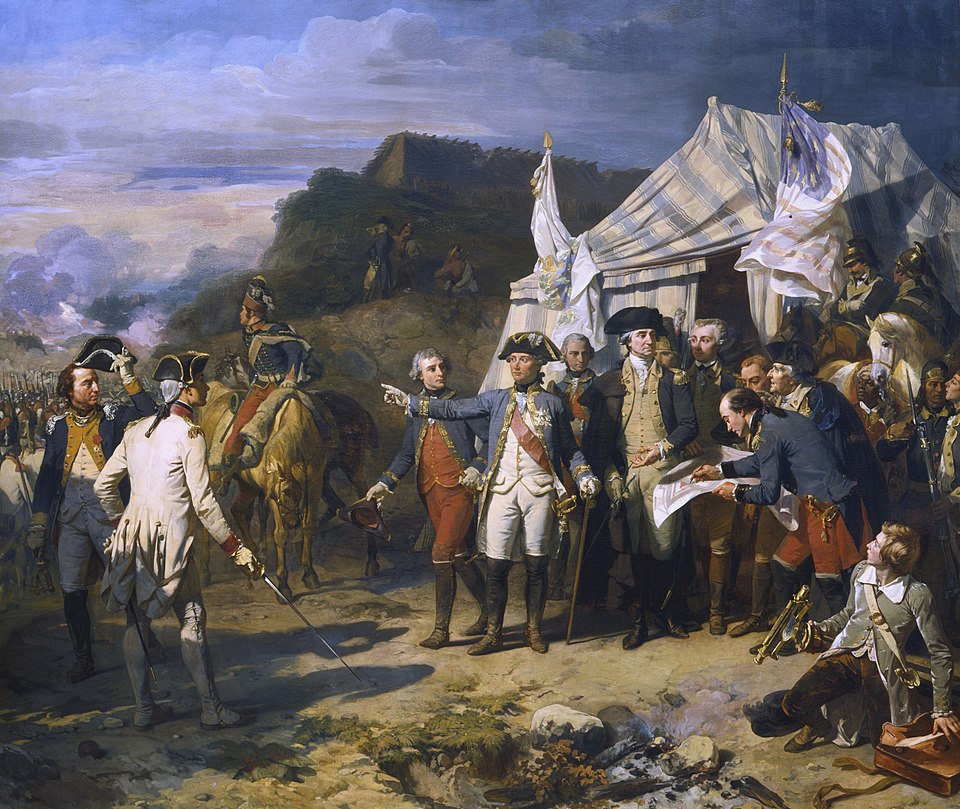
A popular image is that American leaders alone brought independence, but international help was crucial. France provided soldiers, ships, and loans. Spain and the Dutch also aided the cause. Without foreign support, the colonies likely could not have defeated Britain. The myth of American self-reliance ignores how global politics shaped the Revolution. Independence was won with both local courage and foreign alliances.
7. The Revolution Freed All Americans
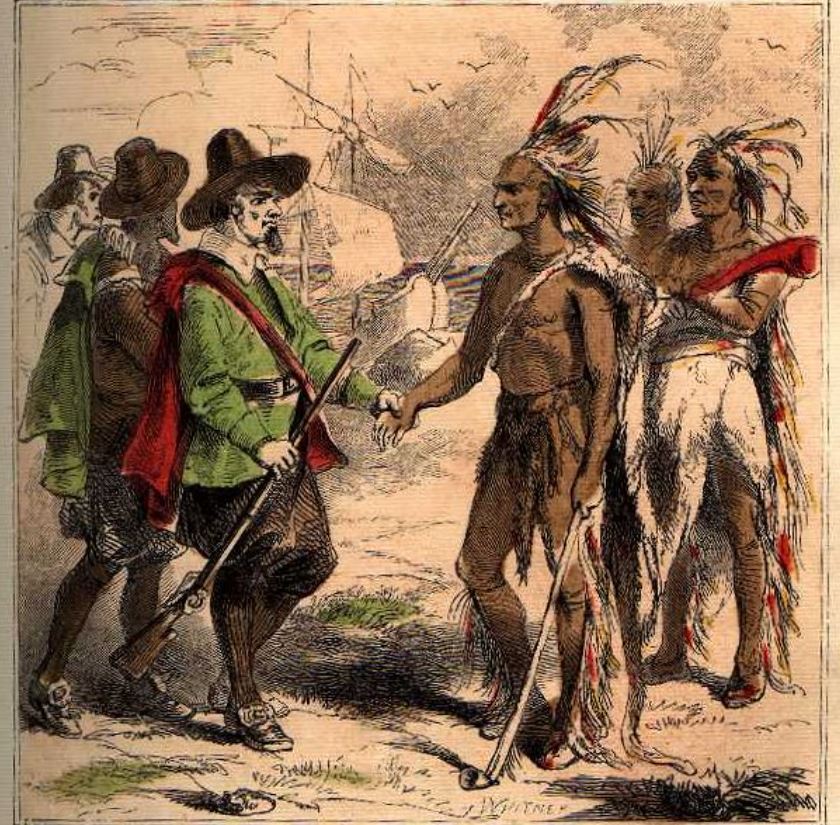
Independence brought freedom for some, but not for all. Enslaved people in the South remained in bondage, and Native Americans lost land as settlers expanded west. Women gained no political rights despite their contributions to the war effort. The Revolution laid the foundations for liberty, but its promises were unevenly applied. Understanding this truth helps highlight ongoing struggles for equality in America’s history.
8. Paul Revere Alone Warned, “The British Are Coming.”
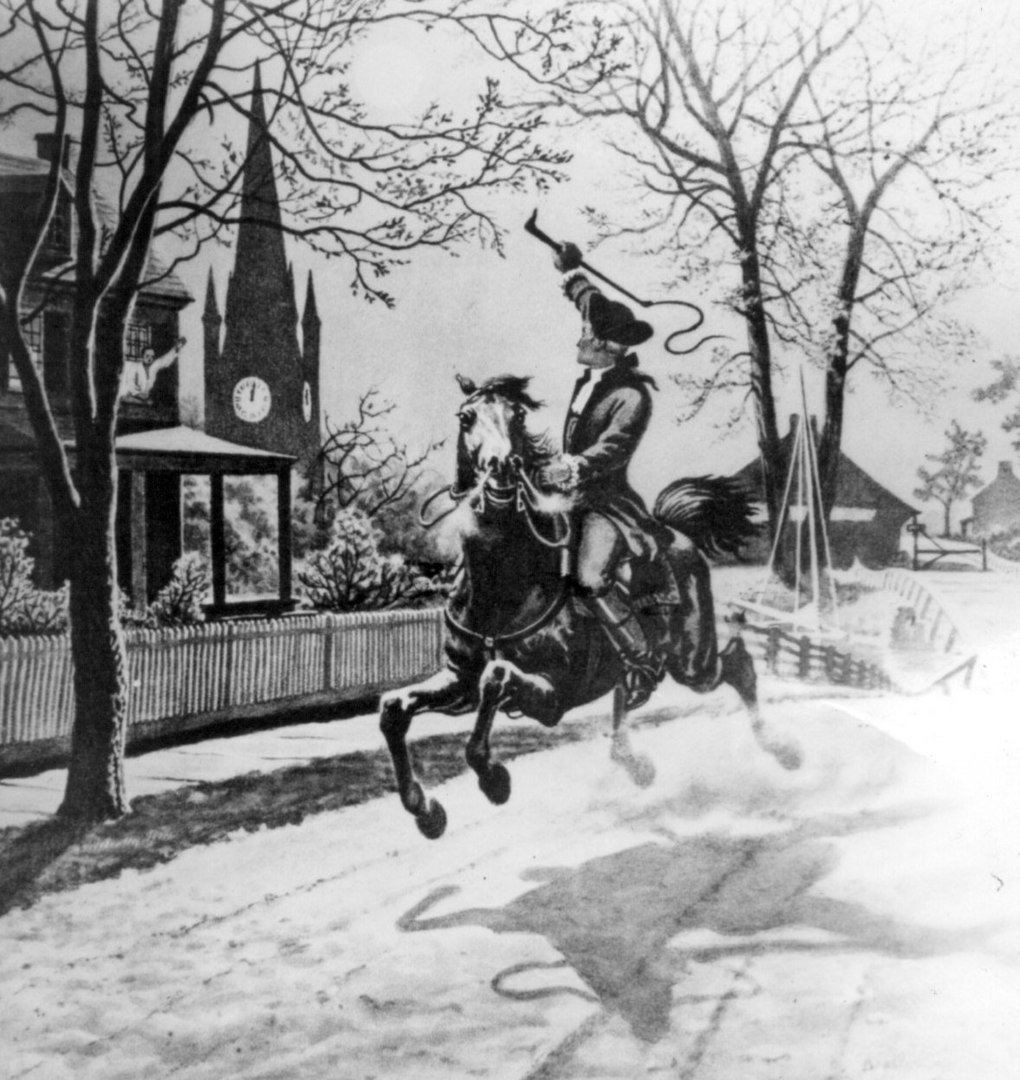
The famous story of Paul Revere shouting this phrase is not entirely accurate. Revere was one of several riders, including William Dawes and Samuel Prescott, who spread the alarm. He also did not shout “The British are coming” because most colonists still considered themselves British. Instead, he warned that “the regulars” were marching. The myth survives because Revere became a patriotic symbol in later retellings.
9. The War Was Only Fought in the Northeast
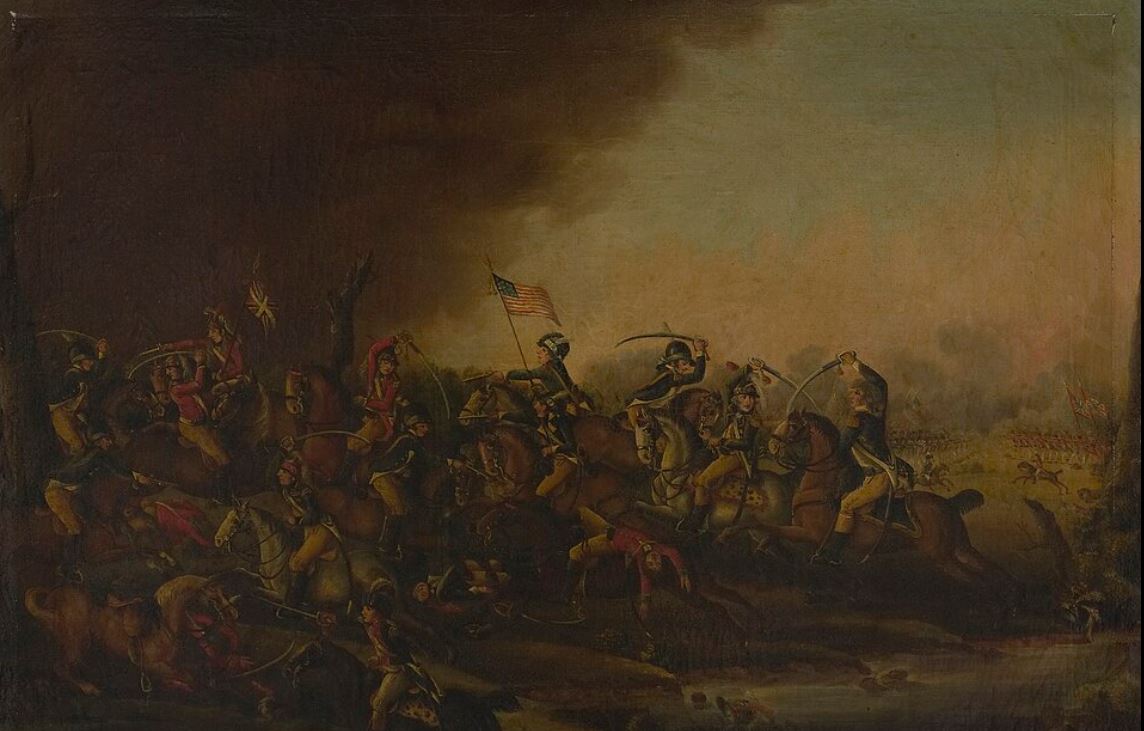
When people think of the Revolution, battles like Bunker Hill and Saratoga come to mind, but major campaigns occurred in the South as well. The Carolinas and Georgia saw brutal fighting, with raids, guerrilla warfare, and significant British occupation. Southern battles like King’s Mountain and Cowpens were turning points. The Revolution was fought across a vast geographic area, not just in New England.
10. The Continental Army Won Most Battles
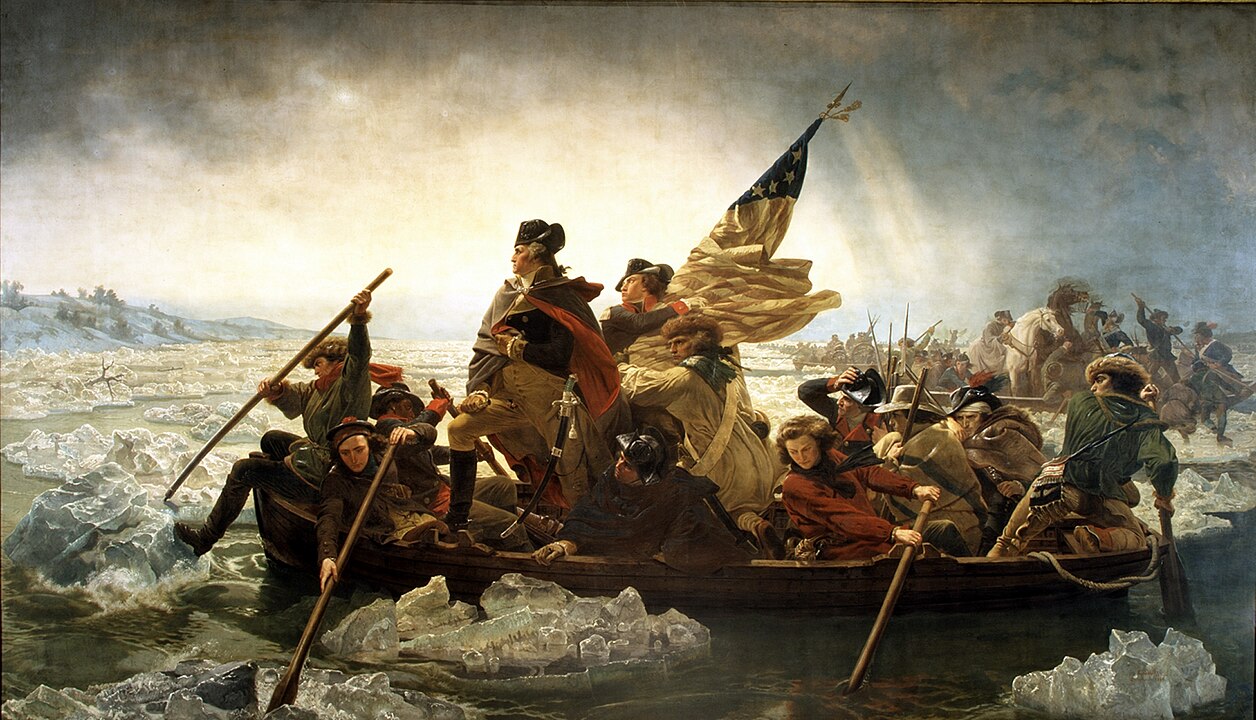
The Continental Army lost many battles throughout the war. In fact, George Washington’s strategy often involved retreating to preserve his forces. Key victories like Trenton and Yorktown were exceptions, not the rule. The Americans succeeded by avoiding total defeat and wearing down British resolve. The war was not a series of easy wins but a long struggle of endurance and survival.
11. The Revolution Ended with the Battle of Yorktown
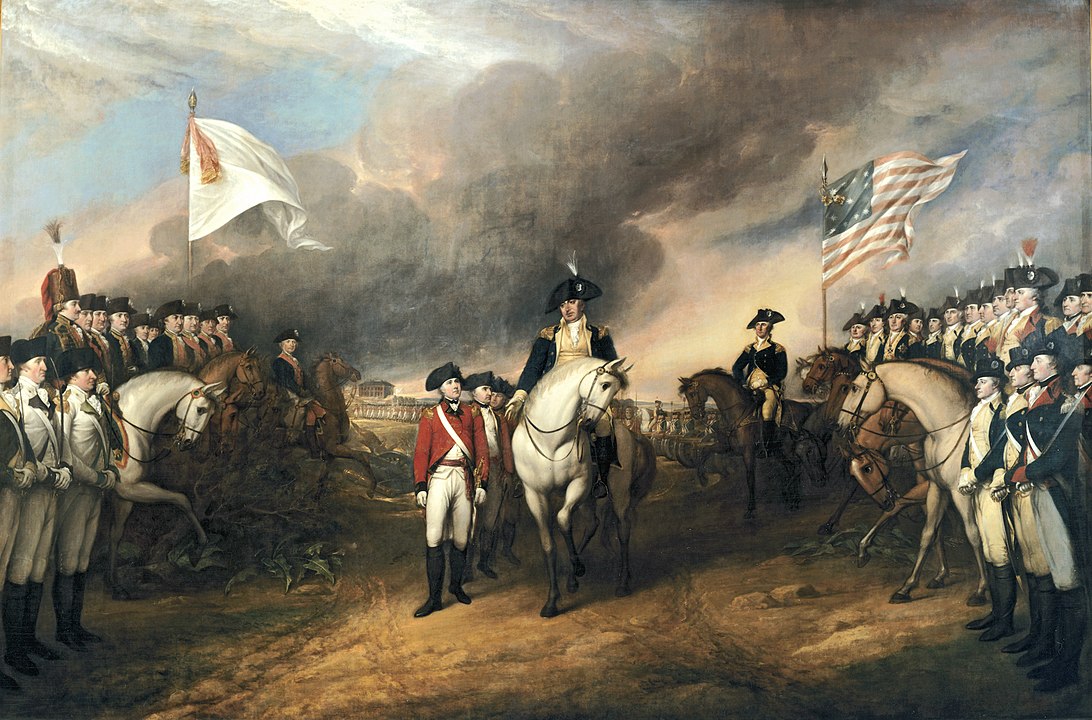
Yorktown in 1781 was a major victory, but the war did not officially end until the Treaty of Paris in 1783. British troops remained in several posts, and skirmishes continued after Yorktown. Diplomats worked for nearly two years to negotiate the terms of peace. The myth of Yorktown as the end simplifies the reality that independence required both military and diplomatic achievement.
12. All Americans Benefited Immediately from Independence
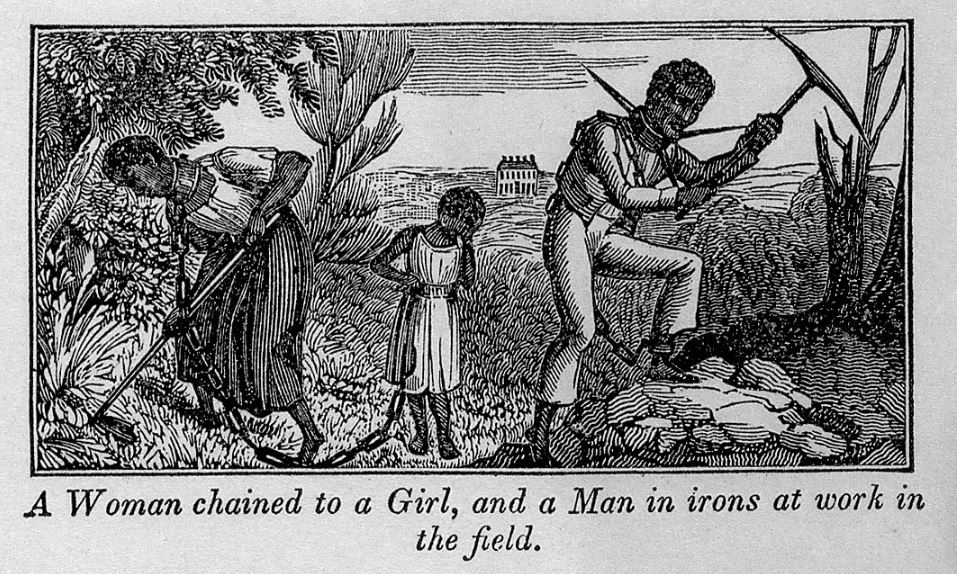
While independence marked a new beginning, not all Americans shared equally in its benefits. Women still lacked voting rights, enslaved Africans saw little change, and Native American communities suffered displacement. The Revolution advanced ideals of freedom, but in practice, many groups remained excluded. This myth persists because the Revolution is often remembered as a complete victory for liberty, ignoring those left out of its promises.
